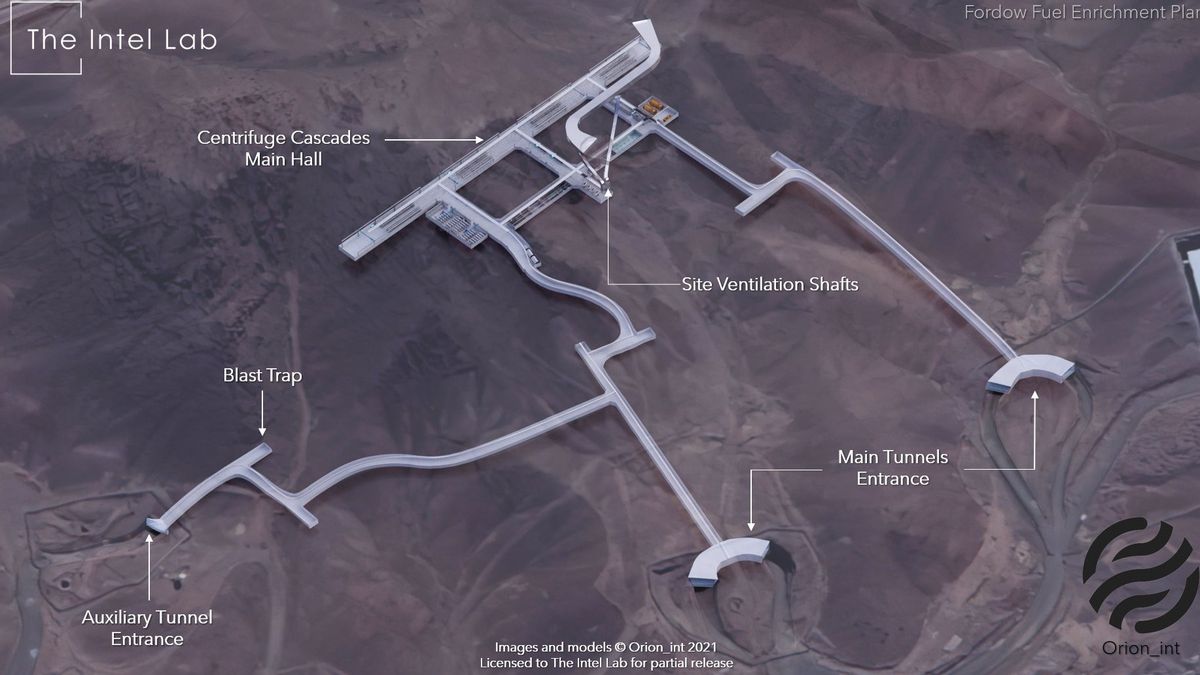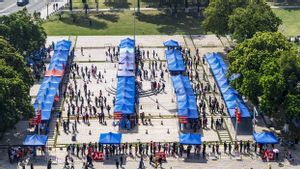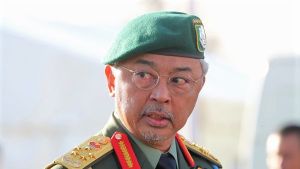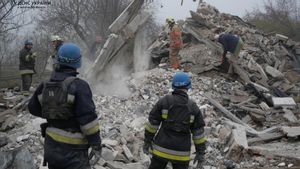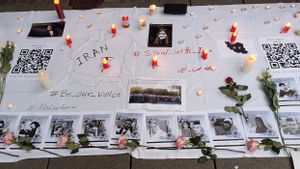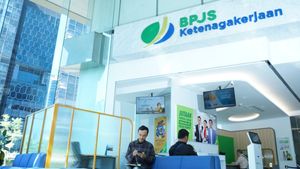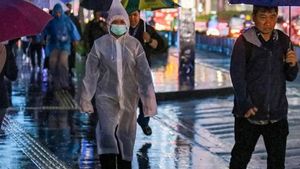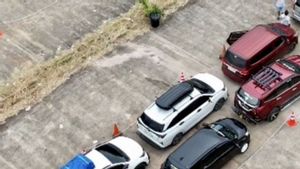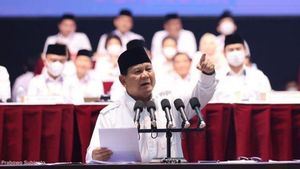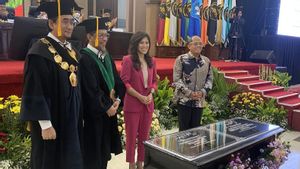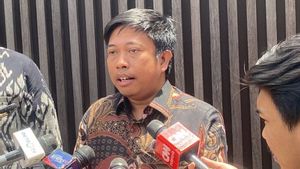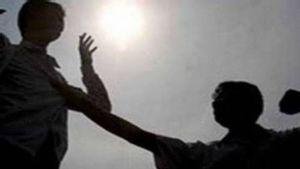JAKARTA - State media reported Iran had begun enriching uranium to 60 percent purity at the underground Fordow nuclear site, amid Western efforts to push for a halt to Tehran's nuclear program, reviving the 2015 Nuclear Deal.
Iran is already enriching uranium to 60 percent purity elsewhere, well below about 90 percent needed for weapons materials, but above 20 percent produced before a 2015 agreement with major powers to limit enrichment to 3.67 percent.
"In a letter to the International Atomic Energy Agency (IAEA), Iran has notified the agency, the brand has started enriching uranium to 60 percent purity at the Fordow site, using the state-of-the-art IR-6 centrifuge", reported the semi-official ISNA news agency, citing Reuters on November 22.
The IAEA's 35-member Board of Governors on Thursday passed a resolution ordering Iran to immediately cooperate with the agency's investigation into traces of uranium found at three undeclared sites, diplomats said in a closed-door vote.
Meanwhile, the semi-official Fars news agency said Tehran had also started the process of "replacing the first generation (IR-1) centrifuges with advanced IR-6 ones" at Fordow, a site buried in the mountain.
The 2015 Nuclear Deal between Iran and six world powers allowed Iran to use only the first-generation IR-1 centrifuges. But, since the deal was scrapped after President Donald Trump left it in 2018, Tehran installed a cascade of more efficient advanced centrifuges, such as the IR-2m, IR-4, and IR-6.
In June, Reuters reported that Tehran was increasing its uranium enrichment further, by preparing to use the IR-6 centrifuge, which can easily switch between enrichment levels at the Fordow site.
Iran's SNN television network said Tehran had started installing new cascades or clusters of advanced centrifuges at the Natanz and Fordow nuclear sites, adding doing so was a "strong response" to the latest IAEA resolution.
VOIR éGALEMENT:
"Iran has started the process of injecting gas into the two advanced centrifugal cascades IR-2m and IR-4 at the underground Natanz site", SNN reported.
The IAEA resolution is the second this year targeting Iran over the investigation, which has become an obstacle to talks on reviving the 2015 Iran Nuclear Deal, as Iran demands an end to the investigation.
Indirect talks between Tehran and the administration of US President Joe Biden to revive the 2015 deal have been at a stalemate since September, with both sides demanding more flexibility.
The English, Chinese, Japanese, Arabic, and French versions are automatically generated by the AI. So there may still be inaccuracies in translating, please always see Indonesian as our main language. (system supported by DigitalSiber.id)
